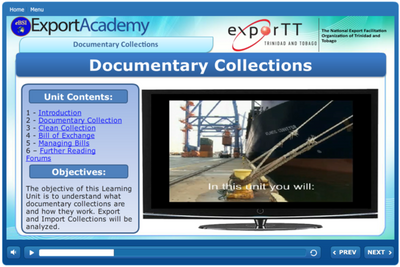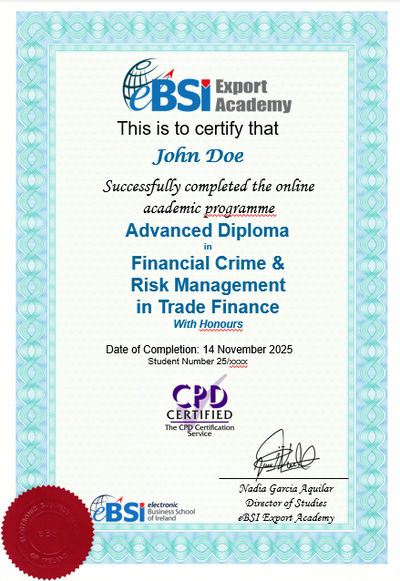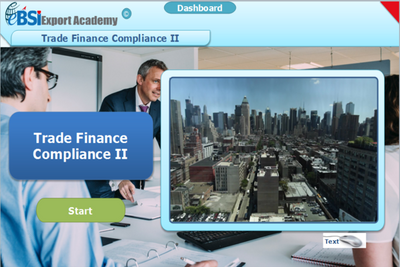Perhaps it’s time for a URC 522 revision

One of the most valuable activities of the ICC Banking Commission is, without any doubt, the constant updating of the International Rules that they issue to govern various aspects of international trade.
The banking world changes very quickly, and Rules must be adapted. In the last few years, first we had the Revision of UCP for documentary credits:the new and very successful UCP 600. After this, we began with the revision of the Uniform Rules for Demand Guarantees, and some months ago appeared the new URDG 758.
Both finished and very well accepted sets of international rules, not only by bankers, but by Traders too. Now the Incoterms®, which will enter inforce very soon in January 2011 and the International Standard Banking Practices are in the process of a revision. Very necessary in both cases. Incoterms® because the last version was 10 years old, and ISBP needs to be adapted to work better with the new UCP 600.
But what about the collections?
We have now the Uniform Rules for Collections – URC 522, which were adopted in 1995, that’s 15 years ago. And 15 years is a long time in today’s world. Things change very quickly, and in our collections business we have today a situation completely different to that in 1995.
Let me comment as an example about electronic collections, meaning those collections where the process is undertaken without sending financial documents in paper form. Examples can be found with the ‘Lettre de Change Relevé’ (L.C.R.) in France, or the ‘Ricevuta Bancaria’ (RIBA) in Italy or similar systems in other countries.
LCR collections such as the EASYCOLLECT service offered by Societe Generale, offers clients a fast, simplified procedure for the collection, subject to final payment, of clean bills of exchange denominated in euro and payable in France.
All clean bills of exchange, whether accepted or not, and whether subject to protest or not, are eligible for LCR, provided they are denominated in euro, and contain the standardized bank references ( “RIB” ) of the drawee. Costs are substantially lower since a fixed commission is charged and is based on a specific scale.
The credit advice (subject to final payment) is automatically provided on the day following maturity via SWIFT MT450 with appropriate references. The debit advice (remittances fee, unpaid items fee) is provided via an MT900 the day following the posting of the entry on clients account.
Clients are automatically advised of unpaid items via an MT456. RIBA is an electronic evolution of the paper draft, an Italian invention dating back to medieval times. It is issued by the supplier and sent to the customer through the banking network. The debtor’s bank notifies his client who pays it at maturity with a credit transfer.
If he does not pay within two days of due date, an electronic notice of ‘unpaid’ is sent to the creditor’s bank. RIBAS have expiry dates but ‘unpaids’ carry no legal penalty (in France unpaid LCRs get a Bank of France notation). Nevertheless, the visibility of unpaids (to the debtor’s bank) is supposed to deter rogue behaviour by the debtor (a long history of unpaids affects his credit standing). The percentage of unpaid RIBAs in Italy varies widely between north and south and between different business.
Even though a RIBA cannot enforce payment it is always preferred to a ‘direct remittance’ (cheque or money transfer), where the debtor is completely free to initiate the payment. RIBA is a fully automated collection instrument and is widely used by all types of companies. Other advantages of RIBA are automatic reconciliation with invoices and borrowing rates lower than overdraft. Today these forms of collections are successfully used, and yet they are not regulated in our old URC 522 rules.
Every bank has his own requirements, perhaps it would be better to have uniform regulations And what is coming soon? Direct debit services are operating as a form of clean collections. And here again, we find different requirements and regulations, always outside of the collections rules. In both cases we are referring only to clean collections, not documentary collections.
For documentary collections perhaps the need is not too high, as we have some problems in the circulation of electronic documents, a case in point is the low use of electronic documentary credits, but for clean collections, perhaps it would be time to review our old Rules, and include in the revised URC, electronic operations, like in documentary credits, with an e- URC supplement, or consider a similar approach to that in the new URDG 758.






